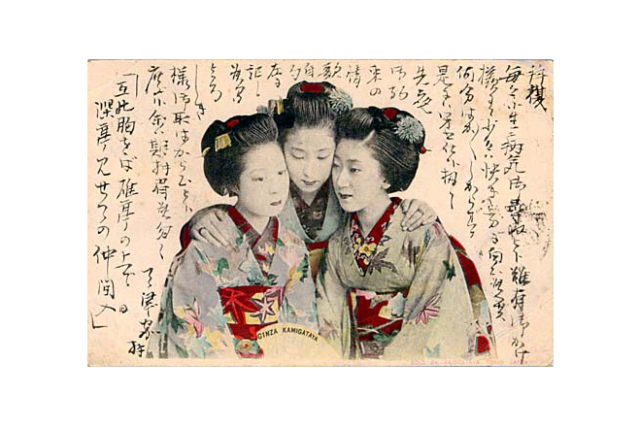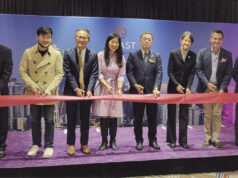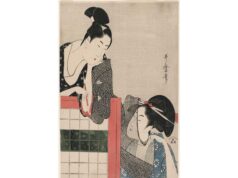By David Yamaguchi,
AS A L ONGTIME S TUDENT o f J apanese, I recognize antiquated words when I encounter them. One such term is “Karayuki-san [ 唐行きさん],” which Kenkyusha’s Japanese-English dictionary defines as “a woman who goes away to a southern country for work (e.g., from Amakusa).”
Insight into this cryptic definition comes from Google Maps, which today places Amakusa on the rural island of Shimoshima, in Kumamoto Prefecture offshore of Nagasaki. Wikipedia describes the former town today as comprising a part of the fastest depopulating city in Japan. Its high school closed in 2015. In short, Amakusa is the “inaka”—the sticks—where there is little for young people to do, for work and otherwise.
Based on geography alone, the southern countries would have been the nearby teeming cities of China, specifically the adjoining mainland centers of Shanghai and Hong Kong, and in nearby Taiwan, the capital, Taipei.
Unstated is the labor that the women performed. It was prostitution, the timeless trade of dreams for cash. By the late 19th and early 20th century, the Japanese karayuki business had extended beyond China to the developing Pacific Rim, including the Philippines, Australia, Manchuria, Siberia, and even British India.
That such business also reached western North A mer ica has long been k now n, if not widely acknowledged. For example, a Seattle Issei describes an apparently organized, vast network: “At the age of 18… I started… work as a dishwasher at a hotel in Spokane. Later I became a [railroad?] cook and went to North Dakota, South Dakota, Idaho, Oregon, Washington, and even as far as to Minnesota and Alaska… To my surprise I found at least two to six Japanese prostitutes in every town where I went between Seattle and
St. Paul, a range of two thousand miles. Even when I went to Alaska to… a salmon cannery in 1908, I was surprised to see from two to five or six in such towns as Ketchikan, Juneau, Wrangell, Sitka, and Skagway.”
—Bunshiro Tazuma, in Kazuo Ito’s “Issei”
Nonetheless, the stories of most such women, regardless of where they ended up, have not been gathered comprehensively. One would want to know: (a)where in Japan they were from; (b) how they happened into their livelihood; (c) how they traveled to their destinations; and (d) what became of them later in life.
Into this void now appears the UW Press title, “Japanese Prostitutes of the American West,1887-1920” (Kazuhiro Oharazeki, 2016, 292 pp.), newly out in paperback. It describes the karayuki livelihood as it unfolded here.
Author Oharazeki covers this ground adroitly, in a way that one would like a new book on the topic to do. He answers all the questions, and more.
Today, it is simply nice to learn that the tragic life stories of the karayuki are not forgotten. For rather than being sordid women, they were generally guilty only of being from poor rural families, of knowing little of the outside world, and of thus being easily duped into work they would not have done if better informed.
More broadly, like the Issei men whose stories are better documented, the unfortunate women comprised a significant part of the early waves of Japanese to these shores. The women’s’ narratives add to the predominantly male descriptions of the past to give us a more complete picture of how the East and West first met on these shores over a century ago.
The tales of the western karayuki matter on many levels. They show how important history off the mainstream can be largely forgotten in two generations’ time. They validate the legends of these women. In Seattle, their workplaces overlooked the same
International District streets we walk today. Indeed, Seattle plays a prominent role in Oharazeki’s narrative, garnering 40 index entries, more than any other West Coast city (San Francisco, 25; Vancouver, 0; Portland, 0).
What I find most valuable about the book is the perspective it provides on the Japan of today. A recent Japan Times story describes the country as winning the 2020 Olympics because the International Olympic Committee views it a first-world country that can be
counted on to host the summer games competently in the wake of the financial fiasco of Rio. That reality owes its beginning to Japan’s early industrialization, when heavy taxation—to pay for the building of railroads and the like—economically squeezed its rural poor. That thousands of families made it through those times by sending a younger son overseas is remembered. That thousands of other families similarly dispatched single daughters, and their awful fates, is not.







